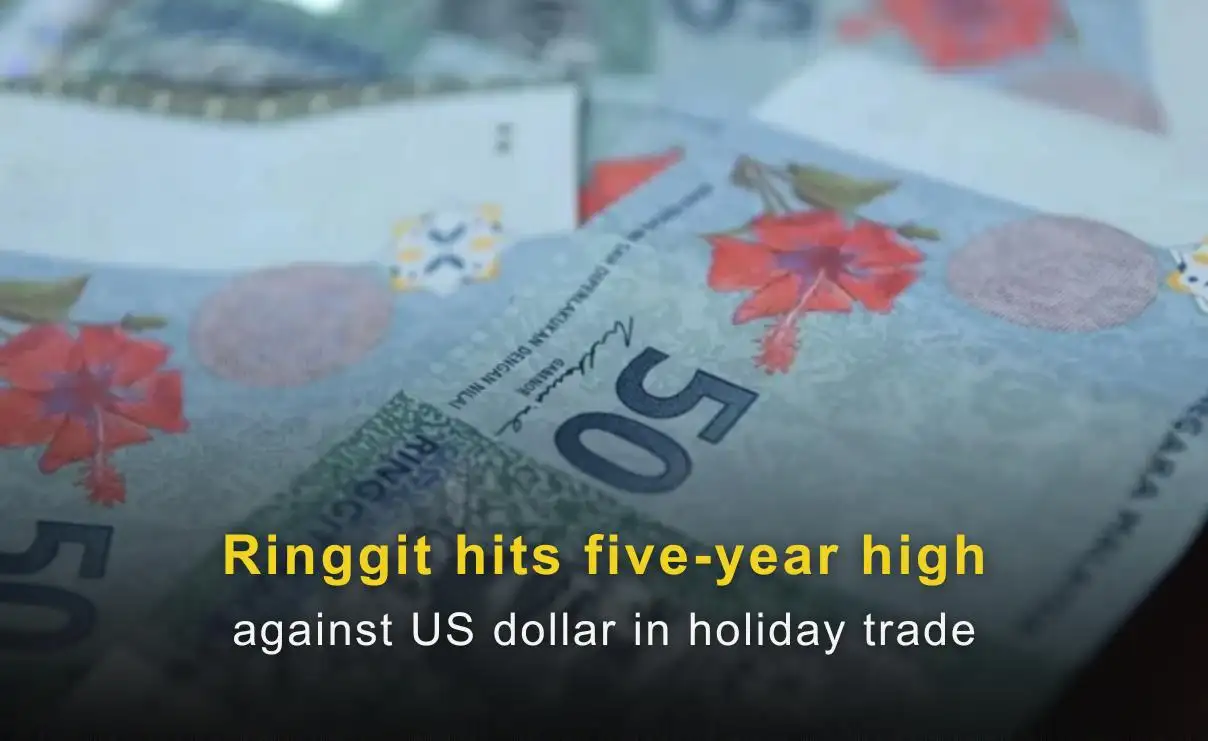Abstract:The Japanese yen has been experiencing frequent surges recently. What’s driving this trend? Let’s dive in and uncover the reasons behind it.

On March 3 (local time), former U.S. President Donald Trump criticized Japan for allegedly manipulating its currency to weaken the yen, stating that this move has significantly impacted the U.S. economy.
Following Trump‘s remarks, the yen appreciated in the New York market on March 3, strengthening from around 150 yen per U.S. dollar to the 149-yen range. This trend continued in the Tokyo market on March 4, where the yen temporarily surged to the 148.5–148.9 range, marking its highest level since late February. Compared to the low of 151.30 yen recorded on the night of March 3 (Japan time), the yen appreciated by more than 2 yen in just half a day. As a result, short positions on the yen were rapidly unwound due to Trump’s remarks.
Previously, during U.S.-Japan summit talks, it was widely believed that Trump would not directly intervene in currency policy. However, his recent comments caused a slight ripple in market sentiment.
Why Has the Yen Been Rising So Frequently in the Short Term?
The yen‘s recent appreciation is primarily driven by speculation that Japan’s high inflation will push the Bank of Japan (BOJ) to raise interest rates. This has led to an increase in Japanese government bond yields, thereby narrowing the interest rate differential between Japan and the U.S. As a result, investors have been speculatively going long on the yen.
Trading data suggests that this year‘s yen appreciation has largely been driven by foreign investors, who have been betting on a stronger yen due to the narrowing U.S.-Japan interest rate gap. The key factor behind this shrinking gap is Japan’s persistently high inflation, which has fueled expectations of further rate hikes by the BOJ.
While the yen has strengthened in the short term, its long-term outlook remains uncertain due to a lack of strong supporting factors. Historically, significant and sustained yen appreciation has only occurred under specific conditions—such as a global financial crisis, a clear downturn in the U.S. economy, aggressive BOJ rate hikes, or stable Japanese trade balances. Since these conditions are not currently in place, the yens long-term strength remains limited.








